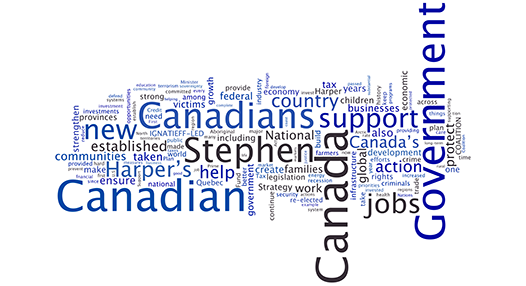Emily Chung (CBC News online) wrote up an April 26, 2011 article highlighting an open letter that the Canadian Science Writers Association (CSWA) have sent during this election 2011 campaign season to Conservative leader, Steven Harper; Green party leader, Elizabeth May; Liberal leader, Michael Ignatieff; and NDP leader, Jack Layton about the ‘muzzle’ place on federal scientists (from the article),
A group representing 500 science journalists and communicators across Canada sent an open letter Tuesday to Conservative Leader Stephen Harper, Liberal Leader Michael Ignatieff, NDP Leader Jack Layton and Green Party Leader Elizabeth May documenting recent instances where they say federal scientists have been barred from talking about research funded by taxpayers.
“We urge you to free the scientists to speak,” the letter said. “Take off the muzzles and eliminate the script writers and allow scientists — they do have PhDs after all — to speak for themselves.”
Kathryn O’Hara, president of the association, said openness and transparency are issues that haven’t come up much in the election campaign, and her group felt it was important to ask about them.
The federal government spends billions each year on scientific research, and taxpayers must be able to examine the results, she said, otherwise, “how can you get a real sense of … value in money going toward science?”
The public also needs to be able to see whether government policy is based on evidence uncovered using taxpayer money, she added.
It’s good to see science writers getting the topic of science into the election coverage. I’m a little puzzled that the science policy centre folks (Canadian Science Policy Centre) don’t seem to have organized an ‘ask your candidates about science campaign’ or composed questions and sent their own open letter to the federal parties or devised some other tactic to highlight science and science policy in this election campaign.
One more bit about science and the Canada 2011 federal election, Peer Review Radio has now posted two interviews with candidates answering questions about science policy and their respective parties. The interviews with Scott Bradley, running for the Liberal Party in Ottawa-Centre and Emma Hogbin running for the Green Party in Bruce-Grey-Owen Sound are each about 22 minutes long. The show producer and host, Adrian J. Ebsary promises to post the interviews with me, Marie-Claire Shanahan, and other interested science policy observers soon. Unfortunately, he was not able to broadcast the interviews as he hoped.
